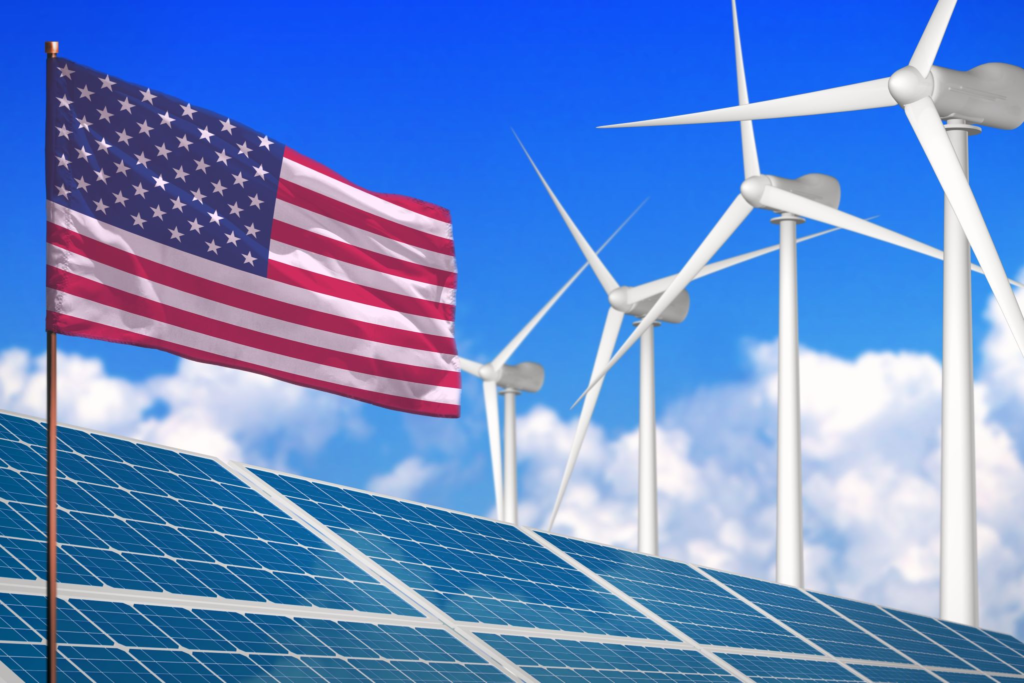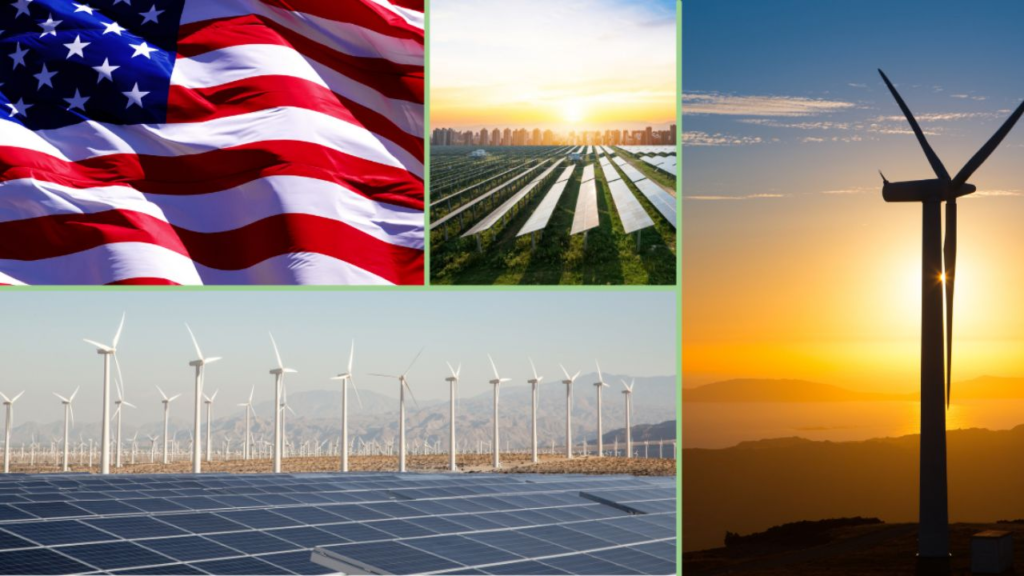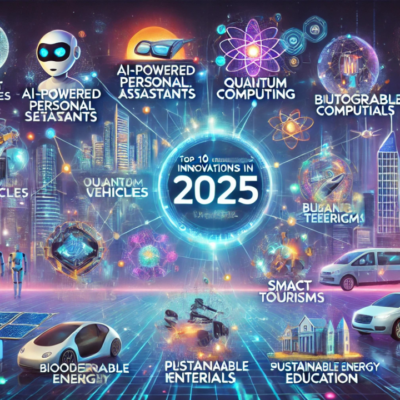The United States is experiencing a major shift in its energy landscape. Renewable energy investments in solar, wind, and other sustainable sources are growing at a record pace. This growth is driven by a mix of policy support, corporate initiatives, and rising public awareness. As the country moves toward a cleaner future, billions of dollars are being poured into green energy infrastructure and technology.
America’s Green Energy Surge: A Decade in the Making
In the last ten years, renewable energy has moved from the margins to the mainstream. According to the U.S. Energy Information Administration (EIA), renewable sources accounted for about 22% of electricity generation in 2023. This number is projected to climb rapidly, with solar and wind leading the charge.
The Inflation Reduction Act of 2022 marked a major turning point. It offered tax credits and financial incentives to encourage both individuals and companies to invest in clean energy. Since then, there has been a significant rise in renewable energy projects across the nation.
Solar Power: America’s Fastest-Growing Energy Source
Solar power has become one of the fastest-growing sectors in the U.S. energy market. With falling panel costs and improved battery storage solutions, solar energy is more accessible than ever. Residential installations have surged, especially in sun-rich states like California, Texas, and Florida.

The Solar Energy Industries Association (SEIA) reports that the U.S. added over 30 gigawatts (GW) of solar capacity in 2023 alone—a 53% increase from the previous year. Major corporations like Amazon, Google, and Walmart have also invested in large-scale solar farms to meet their sustainability goals.
Wind Energy: Spinning New Opportunities Across America
Wind energy is another critical part of the U.S. renewable boom. The Great Plains region, often called “America’s Wind Belt,” is home to some of the largest wind farms in the world. States like Iowa, Kansas, and Oklahoma are generating more than 30% of their electricity from wind alone.
Offshore wind is also gaining momentum. Projects like Vineyard Wind off the coast of Massachusetts signal a new era in ocean-based clean energy. The Biden administration has set an ambitious target of 30 GW of offshore wind by 2030, which could power 10 million homes and create thousands of jobs.
Battery Storage and Grid Modernization
One of the biggest challenges in renewable energy is storage. Solar and wind are intermittent sources—they don’t always produce power when demand is high. But recent advances in battery technology are solving this issue.
Companies like Tesla, NextEra, and Fluence are building large-scale battery storage systems that can store renewable energy and release it when needed. These solutions are being integrated into the national grid, making renewable power more reliable and efficient.
The U.S. Department of Energy has also launched several initiatives to modernize the aging power grid, with billions allocated to improve transmission lines and integrate clean energy.
Other Emerging Renewable Sources
While solar and wind dominate, other renewable sources are gaining attention. Hydropower remains a reliable backbone in many states, especially in the Pacific Northwest. Biomass and geothermal energy are also being explored as part of a diversified green energy portfolio.
Green hydrogen, made by splitting water using renewable electricity, is another promising technology. Though still in its early stages, several pilot projects are underway across the country, supported by both government funding and private investment.
Job Growth and Economic Impact
The clean energy transition isn’t just about sustainability—it’s also about jobs. The U.S. Bureau of Labor Statistics reports that solar panel installers and wind turbine technicians are among the fastest-growing occupations in the country.

Over 500,000 Americans are currently employed in the renewable energy sector, and that number is expected to grow significantly over the next decade. These jobs span engineering, construction, maintenance, and software development, offering opportunities for a wide range of skill sets.
The economic impact extends beyond employment. Rural communities benefit from wind and solar farm leases, while states receive new tax revenue. Clean energy investments are proving to be a strong driver of local and national economies.
Corporate Responsibility and ESG Trends
More U.S. companies are incorporating environmental, social, and governance (ESG) standards into their business models. Investing in renewable energy helps corporations meet these targets and improve their public image. Firms are signing power purchase agreements (PPAs) with green energy providers to lock in long-term, stable electricity rates and lower carbon footprints.
Wall Street is taking notice too. Investment in ESG-focused funds has soared, with clean energy being a top priority. Venture capital and institutional investors are pouring money into climate-tech startups that offer innovative solutions for a sustainable future.
Challenges and Road Ahead
Despite the momentum, challenges remain. Supply chain disruptions, land-use conflicts, and opposition from fossil fuel interests can delay or derail projects. Permitting processes for large-scale wind and solar farms can also be lengthy and complex.
To meet its climate goals, the U.S. needs to streamline these processes and continue investing in research and development. Federal and state governments must work together to create policies that support long-term growth in renewables.
Public education and engagement are also key. As climate awareness grows, so does support for clean energy. It’s crucial to keep the conversation going and involve communities in the transition.
Final Thoughts
The growth in U.S. renewable energy investments marks a significant shift in how the country powers itself. From solar panels on rooftops to offshore wind farms, the future looks greener—and more sustainable—than ever before.
With the right mix of technology, policy, and public support, the U.S. is poised to lead the world in clean energy innovation.
For deeper insights into U.S. energy trends, visit the Energy Information Administration
Also Read – Wildfire Prevention Efforts: Shocking Facts You Must Know





